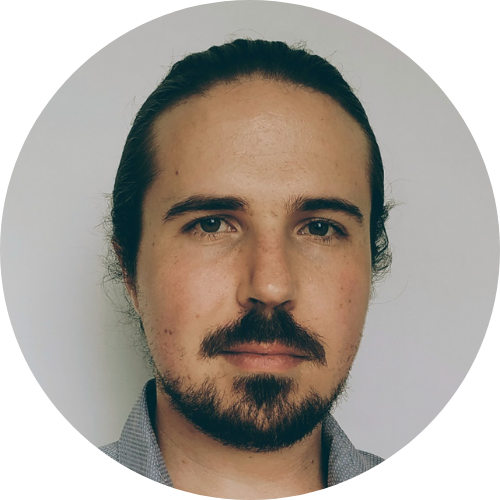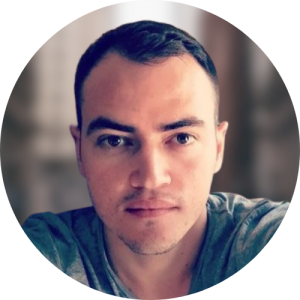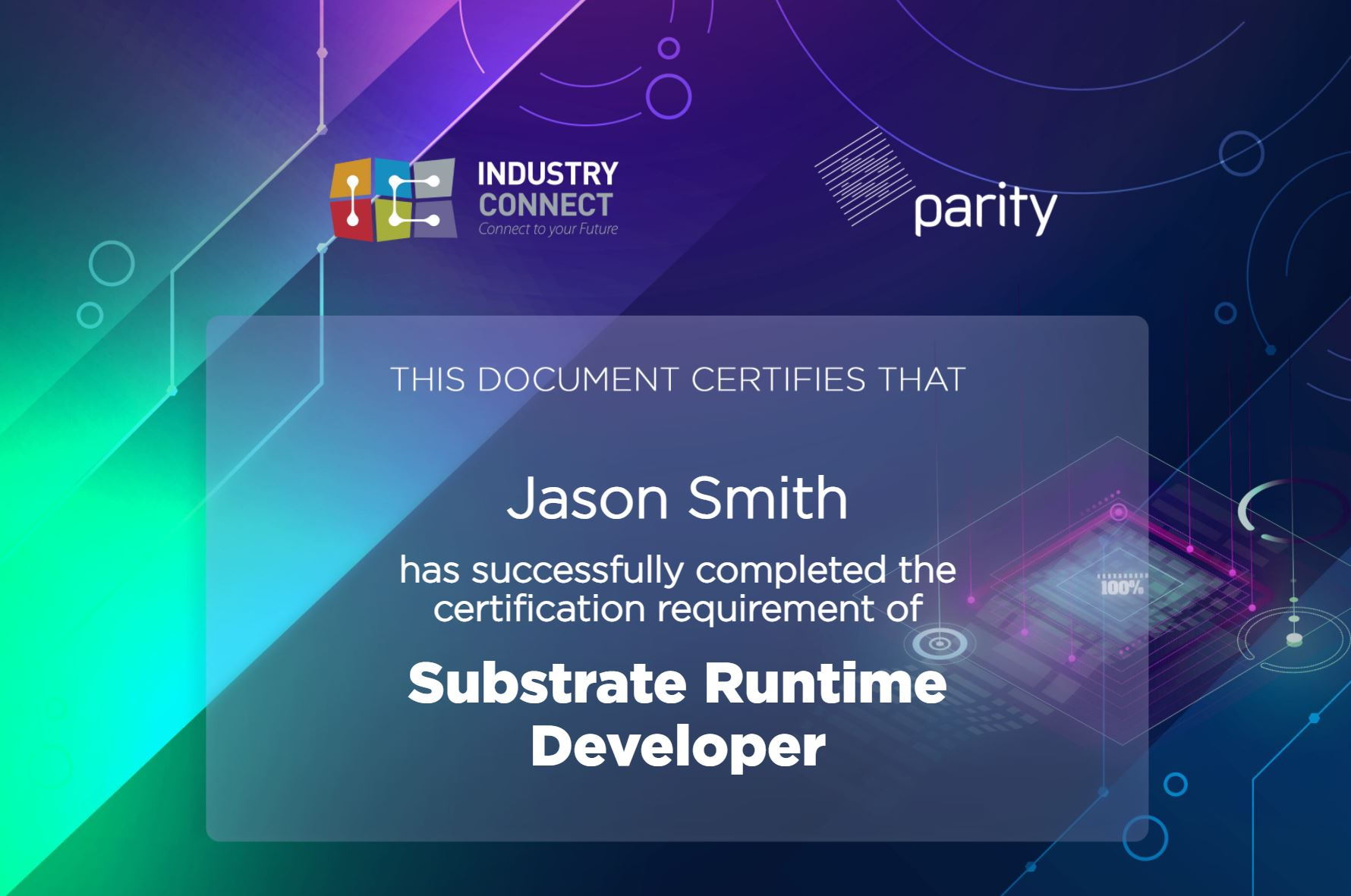Why Substrate
Substrate gives blockchain innovators the framework for maximum freedom with minimal effort. It is highly customisable, adaptable, and made by blockchain developers for blockchain developers. It allows developers to focus their effort on the thing they care most about—the state transition function—while providing them with the networking, consensus and security as well as an upgrade path to interoperability with Polkadot.
“Substrate is much more general than Ethereum. If everyone can build and deploy their own chain, then suddenly Polkadot becomes a much more interesting prospect.”
Gavin Wood, Co-Founder of Ethereum, Founder of Parity Technologies, Founder of Web3 Foundation and Polkadot.
Learn With Experts
Course Creator/Lecturer | Co-Founder at Acala and Laminar
Bryan Chen is the co-founder of Acala. He is also co-founder and CTO of Laminar. Bryan is a core contributor to the Substrate and Polkadot codebase, and an active Polkadot Ambassador. He is the lecturer of the first Substrate/Polkadot online course endorsed by Dr Gavin Wood, and have taught over 100+ Substrate graduates.
Guest Lecturer/Tutor | Research Analyst at Parity Technologies
Joe Petrowski leads technical integrations in the ecosystem development team at Parity Technologies, where he ensures that teams like wallets and custodians have the tools and resources needed to support Polkadot, Kusama, and parachains. He is also the host of Parity’s podcast, Relay Chain. Earlier Joe worked in aerospace for Lockheed Martin and Boeing, and a professional cyclist with USA National Championship.
Tutor | Runtime Engineer at Parity
Ricardo Rius is a Runtime Engineer at Parity Technologies, where he builds Substrate based chains and supports external teams. He’s active teaching and helping new devs as part of the ecosystem development team. He began to get involved in the Polkadot ecosystem as one of the first Polkadot Ambassadors along with Bryan Chen.
Tutor | Senior Software Engineer at Laminar
Shaun Wang has been contributing to several Polkadot ecosystem open source libraries, including Substrate, parity-common, type-metadata, etc. He has solid software engineering experience, a core developer at Laminar and contributor to the Acala project. He was also a core member of the runner-up team JOSS at the first Polkadot/Substrate hackathon, and tutor at the first Substrate/Polkadot online course.
Tutor | Lead Architect at OnFinality
Ian is an early adopter of Substrate and contributor to several Polkadot libraries such as polkadot-js. He was a core member of the runner-up team at the first Polkadot/Substrate hackathon. He is now the Architect leading development at OnFinality – a member of the Substrate Builder Program.
The Substrate Blockchain Developer Program
The Developer Program is taught and mentored by some of the most accomplished blockchain developers in the Polkadot ecosystem. It provides learning through multi-modal content, interactive exercises, practical projects, access to mentors and course creators, community-drive support, internship opportunities. Administered in English.
• 6-week course (Videos + Live Workshops), 6-8 hours per week for class and assignments. Closed cohort with limited admission
• 4-week project-based internship (Optional). Opportunity to participate in a Polkadot ecosystem job fair.
• Engaging community support to interact with mentors, fellow students and alumni through Discord
• Lifetime community membership through our alumni network
• Certification.
VIP Recommendations
The revenue generated from this program will be used to sponsor new startup projects and give back to the Polkadot/Substrate community
What You Will Learn
Course Curriculum
FAQ
Q: Can the course be completed from anywhere?
A: Yes.
Q: How long will it take to complete this course?
A: 6-week of online video-based course content + 4 weeks of project-based internship (Optional).
Q: How much time realistically do I need to work on the course?
A: 6-8 hours a week for attending the class + completing the assignment.
Q: Are there any hardware or software requirements for successfully completing this course?
A: Preferred OS is Mac and Linux. For Windows users, docker or VM is required.
Q: What are the prerequisites for this course?
A: Min. 1-year professional or equivalent (e.g. open-source) programming experience. Applicants need to have mastered at least 1 programming language. General blockchain knowledge and Rust programming knowledge a plus.
Q: What is the application process?
A: Once you signed up below, our course consultant will send you the relevant information about the next step.
Substrate Supporters





























